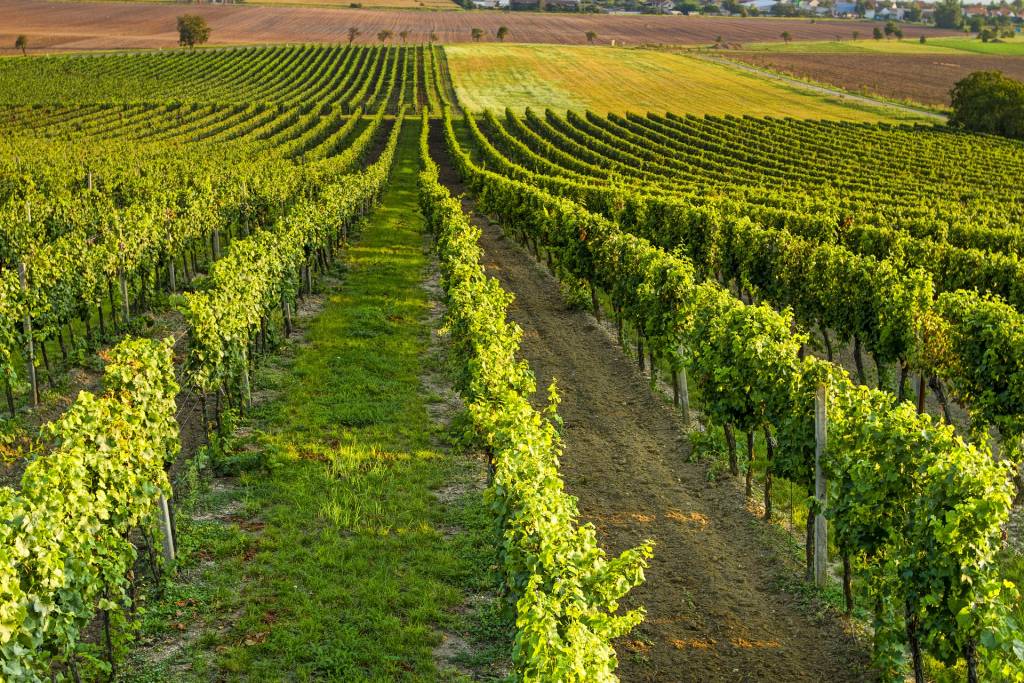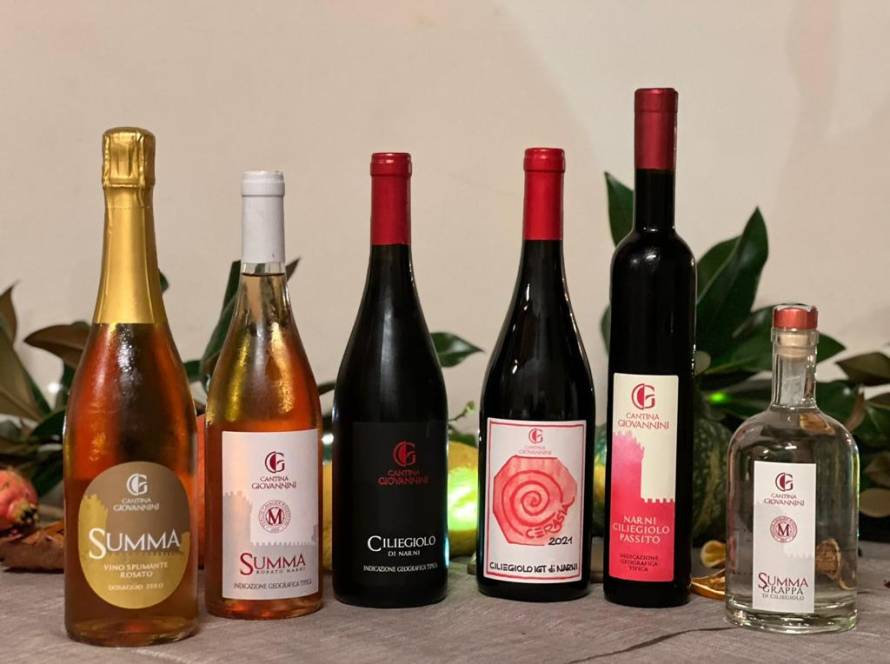Red wine is a beverage with a long and rich history. The first vineyards, in fact, date back thousands of years and were already known during the time of Mesopotamia. Over the centuries, wine production has spread throughout the world, and each country has developed its own grape varieties and specific production techniques. In Italy, wine production has a long tradition that dates back to the time of the ancient Romans. Our vineyards, in addition to being among the most famous and appreciated in the world, produce some of the best wines with an unparalleled taste. Therefore, Ciliegiolo is one of the most important autochthonous grape varieties in Italy and has a very interesting history.

The history of Ciliegiolo
Ciliegiolo has been cultivated for centuries and used in red wine production since the Middle Ages. Its origins are ancient and uncertain, but it appears that its spread in Italy is linked to Etruscan domination, which imported it from Asia Minor. Subsequently, Ciliegiolo spread throughout the peninsula, becoming one of the most important grape varieties in central Italy, particularly in Umbria, Tuscany, and Lazio.
Originally, this grape was used as a table grape during main meals, but later it was discovered to be ideal for red wine production. However, its high natural acidity also makes it perfect for producing fruity and light wines.
It is a highly resistant grape variety that adapts well to different types of soil, expressing its qualities to the fullest in calcareous soils that are well-exposed and ventilated. Over the centuries, Ciliegiolo grapes have been cultivated in various Italian regions, where they have been used for the production of high-quality red wine.

The evolution of Ciliegiolo over time
Over time, advancements in winemaking technology and techniques have allowed Ciliegiolo to be used in the production of some of the finest Italian wines that are exported internationally. Thanks to its versatility, it can be used as a single-varietal wine or blended with other grape varieties to create complex and structured wines. Additionally, some winemakers utilize Ciliegiolo to produce light rosé wines and sparkling wines.
Ciliegiolo is a shining example of how indigenous grape varieties play a fundamental role in the production of high-quality wines, reminding us of how history, the traditions of the Italian territory, and its production contribute to the preservation of the country’s biodiversity.





